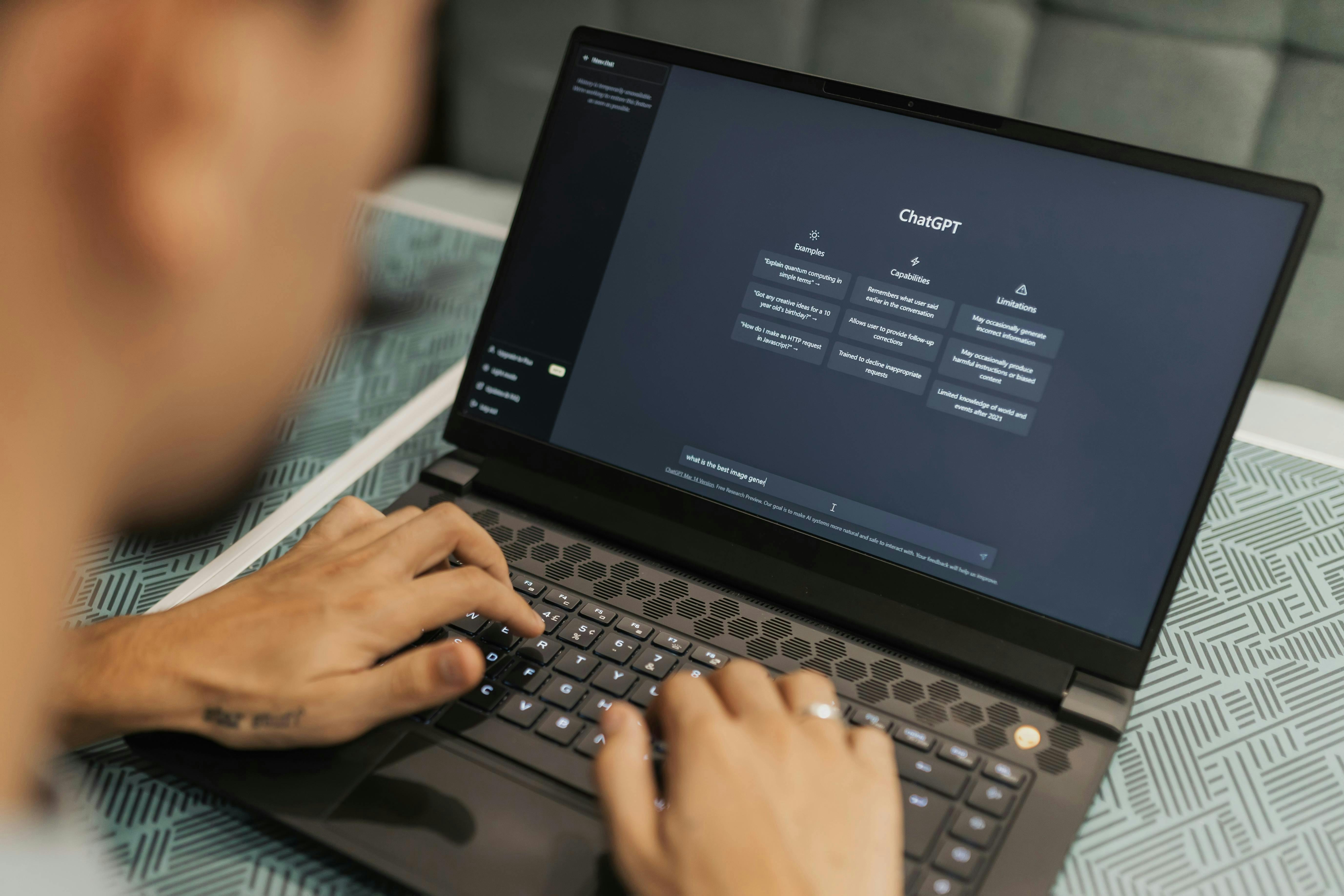“Prompt engineering” isn’t about fancy syntax it’s about clear thinking. And clear thinking can’t be automated.
I use ChatGPT almost every day.
Sometimes it helps me debug SQL. Other times, it breaks down a machine learning concept so I can explain it to a stakeholder. But increasingly, I have used it to shape how I think. When the day’s messy, the prompt is messy, and so is the output. When I take the time to clarify what I need, what comes back often surprises me in the best way.
As someone working at the intersection of data analytics and Artificial intelligence, I know what’s happening behind the scenes. Transformers. Fine-tuning. Embeddings. There’s no mystery. But even when you understand the tech, something still happens when you open that blank prompt window:
You stop reacting and start reflecting.
That, for me, is the real power of this tool. Not automation. Not acceleration. Reflection.
Prompting Is Thinking in Public
We talk a lot about “prompt engineering” as a new job skill and it is. But before it's a skill, it’s a habit. You can’t prompt well if you can’t think clearly. You can’t think clearly if you haven’t learned how to ask good questions.
I have learned that when I write a vague or sloppy prompt, I get back vague or sloppy answers. That’s not a flaw in ChatGPT that’s a mirror reflecting the quality of my thought.
And that’s when it clicks: prompting is just live debugging for your brain.
The clearer your intent, the more useful the outcome. The more specific your variables (context, tone, audience), the more on-target the response.
This is the same loop we use in data analysis:
- Form a hypothesis
- Structure your question
- Run the query
- Evaluate what comes back
- Refine
- Repeat
It’s just that in ChatGPT, the SQL is plain English, and the dataset is your own logic.
What ChatGPT Has Taught Me About Myself
There’s a misconception that AI like ChatGPT is here to think for us. I disagree. If anything, it’s revealed the places where my thinking is incomplete.
Sometimes I feed in a half-baked argument and get a messy answer back. That’s not the model’s fault. It’s a signal. It tells me where I skipped steps. Where my logic collapsed. Where my structure didn’t hold up.
Other times, I use it to rehearse clarity.
Here’s an example:
"Explain this finding to my project sponsor who doesn’t have a data background."
The first answer is too technical.
So I revise:
"Make it sound like something I would say over coffee, not in a deck."
Now it clicks.
ChatGPT didn’t just make the explanation better. It made me better at explaining.
Your Chatbot Is Only As Smart As Your Curiosity
A lot of people are intimidated by AI because they think they need to “get good at prompting.” But prompting isn’t about magic phrases. It’s about being relentlessly curious and precise.
This is especially true in my world of data analytics, where ambiguity can break an entire project. When I use ChatGPT well, I get:
- Cleaner thought processes
- Faster iterations
- Stronger hypothesis framing
- Sharper written analysis
But when I use it passively? I get passive answers.
The difference isn’t in the model. It’s in me.
Why This Matters More Than Ever
In an AI-saturated world, the differentiator isn’t speed it’s quality of thought.
Everyone can generate content now. Everyone can automate. But can you guide the machine in a way that’s specific, context-aware, and human-aligned? That’s the gap.
This is especially urgent for knowledge workers, data teams, analysts, researchers people like me, whose entire job is to extract meaning from noise. ChatGPT isn’t replacing that work. It’s challenging us to do it more intentionally.
The analysts who thrive in this next era won’t be the ones who memorize prompt templates. They will be the ones who can look at messy input business goals, incomplete data, human tension, and prompt themselves first.
Because prompting is thinking. And thinking well will never go out of style.
Signal not Noise
I am not interested in using AI to replace my brain. I’m interested in using it to sharpen it. Sometimes I scroll back through my ChatGPT chats not to read the answers, but to reread my own questions. That’s where the insight lives. That’s where the disconnect shows.
If you treat ChatGPT like a shortcut, you’ll get shortcut results. But if you treat it like a mirror, a system that reflects the clarity (or chaos) of your own thinking it becomes something else entirely:
A training partner for your mind.
And in this new age of synthetic intelligence, that might be the most human thing we can do.


